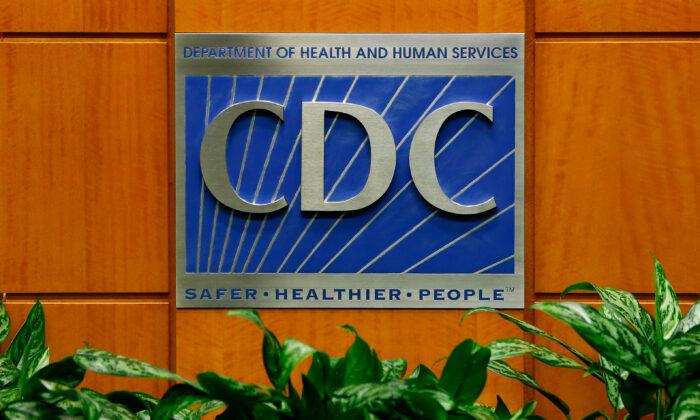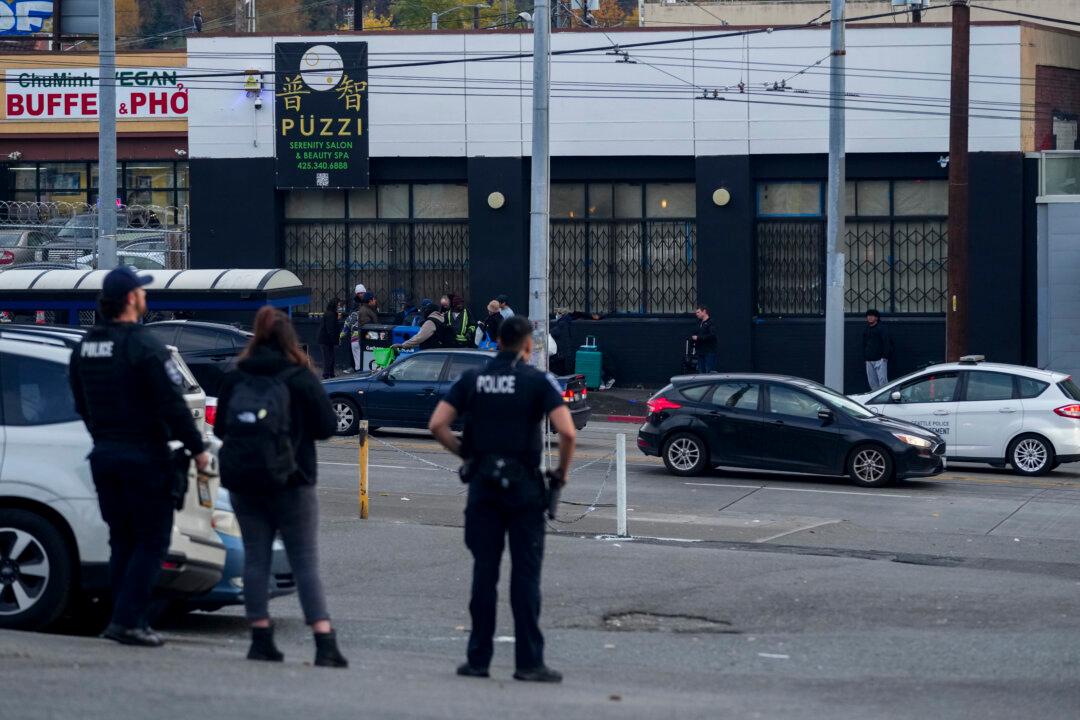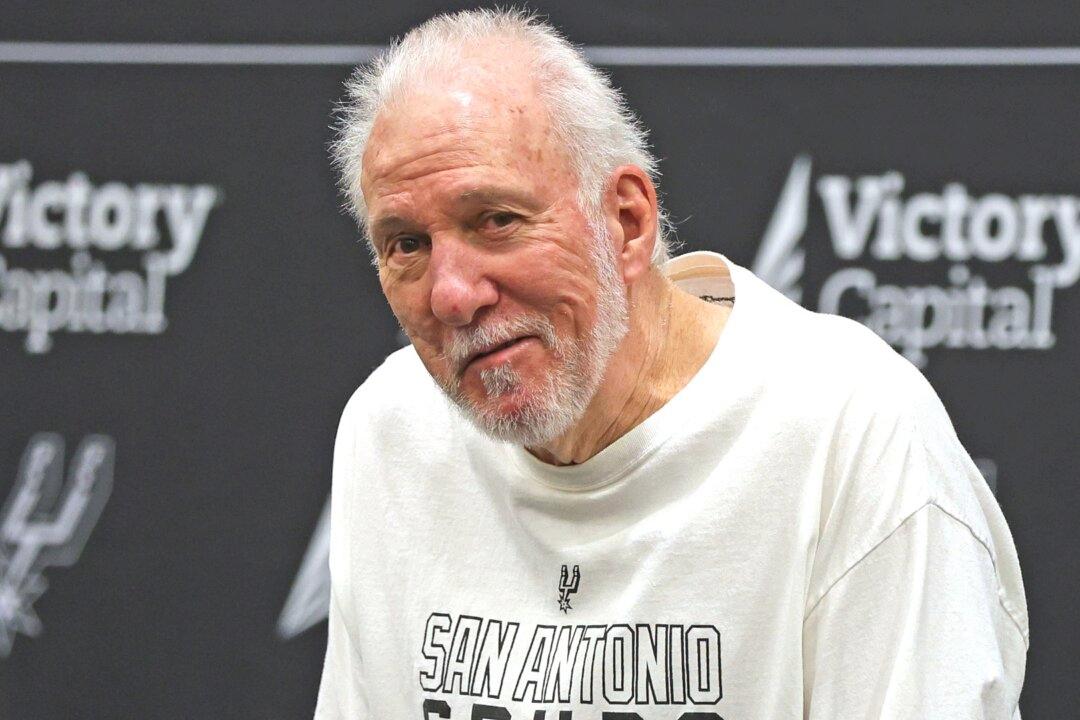The analysis looked at data reported to the U.S. Department of Health and Human Services (HHS) from 2,086 facilities across the United States, involving more than 3.3 million employees.
Professionals employed in hospitals treating children had the highest vaccination rate—about 77 percent. The lowest was found among critical-access hospitals—about 64 percent. Other facilities included employees in short-term acute-care hospitals and long-term acute-care hospitals, where about 30 percent in both sectors remain unvaccinated.
Between January and April this year, the vaccination rate among health care professionals (HCP) increased from 36 percent to 60 percent before slowing down, reaching 70 percent as of September, the analysis shows.
“Our analysis revealed that vaccine coverage among U.S. hospital-based HCP stalled significantly after initial uptake,” Reses said in the statement. “Additional efforts are needed now to improve HCP vaccine coverage and reduce the risk of SARS-CoV-2 transmission to patients and other hospital staff,” she added.
The reasons HCP refuse to get vaccinated against the CCP virus, which causes the disease SARS-CoV-2 or COVID-19, was found in surveys to be related to the shots efficacy, adverse effects, and the speed of its development.
“HCP who did not want to be vaccinated often reported low trust in regulatory authorities and the government,” the CDC analysis stated, citing surveys.
The analysis did not include all the facilities in the HHS Unified Hospital Data Surveillance System, which amounts to more than 5,000. It only used information from 2,086 facilities, or 41.0 percent, who had reported comprehensive data to the HHS.
The deadline for HCP in the United States to get vaccinated against COVID-19 is Jan. 4, 2022. There is no testing opt-out, unlike the mandate on private employers that are currently blocked by the courts.





